To be successful in soccer, it's essential to understand the different positions and numbers on the field, as each player has a specific role to play in the game. In this article, we will take a closer look at each position and number, and what they bring to the team.
Soccer Position Numbers
1. Goalie
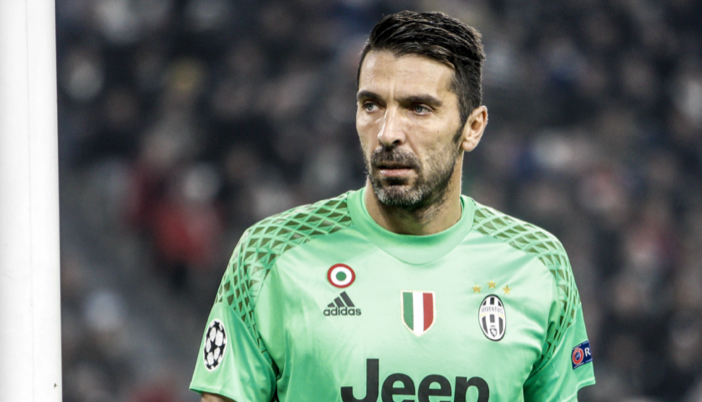
Gianluigi Buffon - Goalkeeper - Italian football player
Goalkeeping is one of the most critical positions on the field. They are responsible for guarding the goal and preventing the opposing team from scoring. The goalkeeper wears the number 1 jersey and is the only player on the field allowed to use their hands within the penalty area. They must be agile and quick to react, as they face shots from the opposing team. They also act as the team's last line of defense, communicating with the other players to organize the defense and ensure that the team remains cohesive.
Goalkeepers' Critical Skill Set
The goalkeeper is the last line of defense for the team and requires a unique set of skills to be successful. The following are critical skill sets for goalkeepers:
-
Shot stopping: The ability to make saves and prevent the opposing team from scoring.
-
Distribution: The ability to distribute the ball quickly and accurately to teammates to start counterattacks.
-
Positioning: The ability to position oneself correctly to make saves and block shots.
-
Communication: The ability to communicate effectively with the rest of the team to organize the defense.
2. Right Back Position
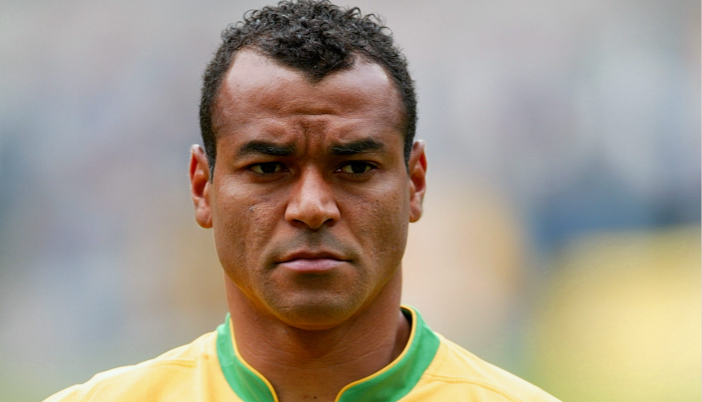
Cafu - Right Back - Brazilian former football player
The right-back, also known as the fullback, is responsible for defending the right side of the field. They wear the number 2 jersey and are tasked with stopping opposing players from making runs down the right flank and crossing the ball into the box. They must also support the attack by overlapping the right winger and providing crosses into the box. The right-back is a crucial player in modern soccer, as they contribute to both the defense and attack.
3. Left Back Position
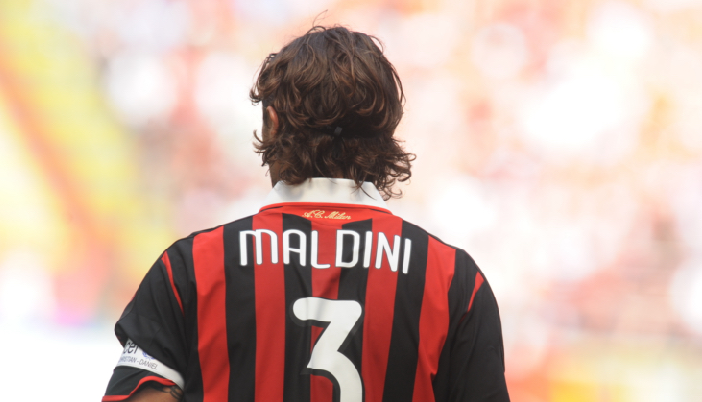
Paolo Maldini - Left Back - Italian Footballer
The left-back is similar to the right-back, but plays on the opposite side of the field. They wear the number 3 jersey and are responsible for defending the left side of the field, stopping opposing players from making runs down the flank and crossing the ball into the box. They also support the attack by overlapping the left winger and providing crosses into the box. The left-back is an essential player in modern soccer, as they contribute to both the defense and attack.
4. Center Back Position
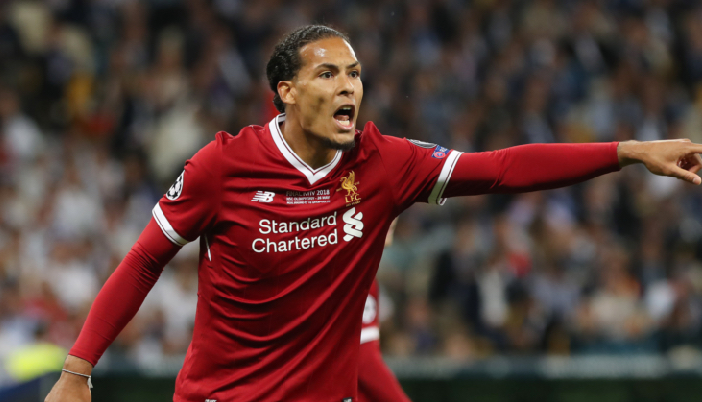
Virgil van Dijk - Center Back - Dutch football player
The center-back is the backbone of the defense. They wear the number 4 or 5 jersey and are responsible for defending the central areas of the field. They are often the tallest and strongest players on the team and are expected to win aerial duels and clear the ball out of danger. Center backs also organize the defense and communicate with the other players on the field. They play a crucial role in keeping the team's defense solid and difficult to break down.
Defenders Critical Skill Set
Defenders are responsible for protecting the team's goal and preventing the opposing team from scoring. The following are critical skill sets for defenders:
-
Tackling: The ability to make clean tackles to win the ball back from the opposing team.
-
Marking: The ability to stay tight to opposing players and prevent them from receiving the ball.
-
Heading: The ability to win headers and clear the ball out of danger.
-
Positioning: The ability to position oneself correctly to make interceptions and blocks.
5. Defensive Midfielder Position
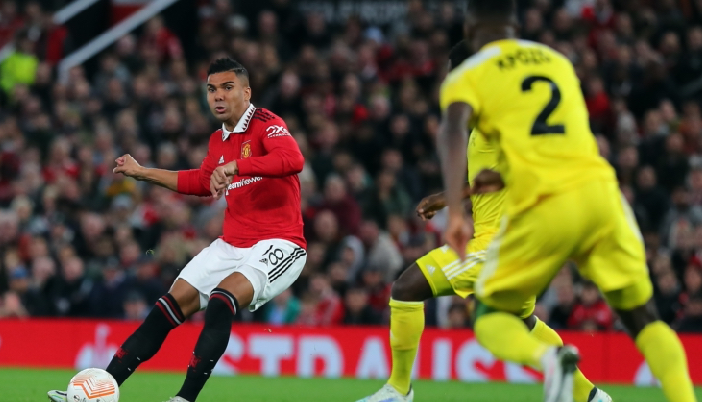
Casemiro - Defensive Midfielder - Brazilian football player
The defensive midfielder is responsible for protecting the backline of the defense. They wear the number 6 jersey and are often the first line of defense. They are expected to break up opposing attacks by intercepting passes and making tackles. Defensive midfielders also provide support to the attack by distributing the ball to the forward players. They are essential in modern soccer, as they contribute to both defense and attack.
6. Central Midfielder Position
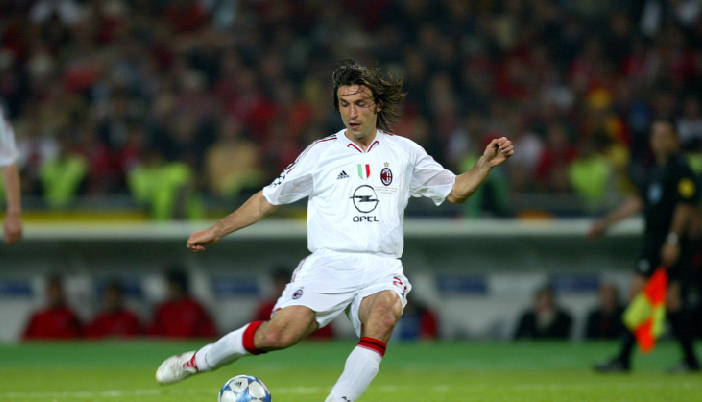
Andrea Pirlo - Center Midfielder - Italian football player
The central midfielder wears the number 8 jersey and is responsible for controlling the flow of the game. They are often the most technically gifted players on the team and are expected to create chances for the forward players by passing the ball forward and making runs into the box. They are responsible for linking the defense and attack and are often the key to a team's success.
7. Right Winger Position
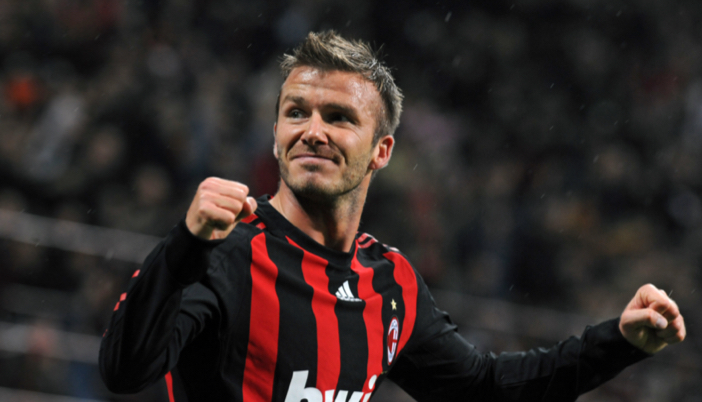
David Beckham - Right Winger - English former football player
The right winger wears the number 7 jersey and is responsible for attacking down the right flank. They are often the fastest players on the team and are expected to make runs down the wing and provide crosses into the box. Right-wingers also score goals by cutting inside and shooting with their stronger foot. They are essential in modern soccer, as they contribute to the team's attack and provide width to the team's play.
8. Left Winger Position
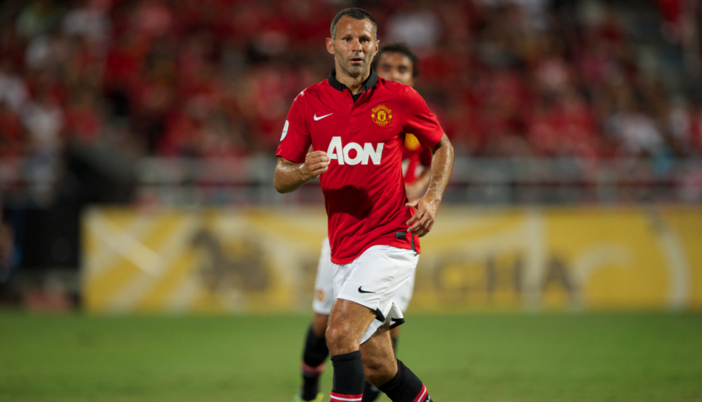
Ryan Giggs - Left Winger - Welsh Football Player
The left winger, or the number 11, is similar to the right winger but plays on the opposite side of the field. They are responsible for attacking down the left flank, making runs down the wing, and providing crosses into the box. Left-wingers also score goals by cutting inside and shooting with their stronger foot.
Midfielder's Critical Skill Set
Midfielders are responsible for controlling the flow of the game and linking the defense and attack. The following are critical skill sets for midfielders:
-
Passing: The ability to make accurate passes to teammates to start attacks.
-
Vision: The ability to see and create passing opportunities.
-
Dribbling: The ability to dribble past opposing players to create space.
-
Work rate: The ability to cover a lot of ground and put pressure on the opposing team.
9. Striker Position
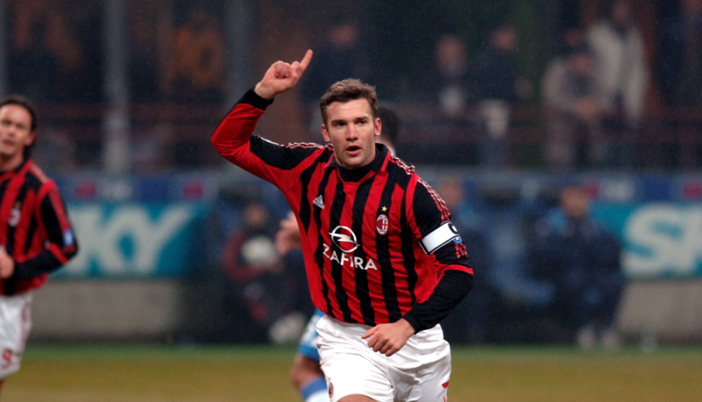
Andriy Shevchenko - Striker - Ukrainian Football Player
The striker, or the number 9, is the player responsible for shooting and scoring goals. They are often the most highly valued players on the team and are expected to be the team's top goal scorer. Strikers use their speed, strength, and technical ability to beat defenders and score goals.
10. Attacking Midfielder Position
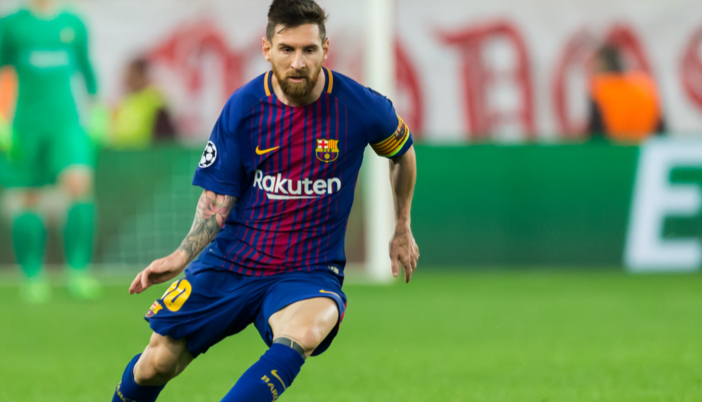
Lionel Messi - Attacking Midfielder - Argentinian Football Player
The attacking midfielder, or the number 10, is the player responsible for creating chances for the forward players. They are often the most creative and technical players on the team and are expected to make key passes and score goals themselves.
Forwards Critical Skill Set
Forwards are responsible for scoring goals and creating chances for their teammates. The following are critical skill sets for forwards:
-
Finishing: The ability to put the ball in the back of the net.
-
Movement: The ability to make runs to create space and get in scoring positions.
-
Hold-up play: The ability to hold the ball up and bring teammates into the attack.
-
Creativity: The ability to create scoring opportunities for oneself and teammates.
Understanding the different soccer positions and numbers is crucial for any soccer player or coach.


Improve Your GameJust 1.99 p/m
Exclusive drills and sessions, get involved today!
- 100’s of Drills
- Coach to Camera Videos
- Sessions from Pro’s
- Industry Leading Advice
How to Know Your Best Position
Each player has a specific role to play on the field, and finding the right position can make all the difference in a player's success. In this article, we will provide some tips on how to know what position to play in soccer.
-
Consider your physical attributes
Your physical attributes, such as height, weight, and speed, can play a significant role in determining your position on the field. For example, taller players may be better suited for defensive positions, while smaller and quicker players may be better suited for attacking positions. Consider your physical strengths and weaknesses and how they can be applied to different positions.
-
Evaluate your technical abilities
Your technical abilities, such as dribbling, passing, shooting, and defending, can also help determine your position on the field. Players with strong technical skills may be better suited for midfield or attacking positions, while players with strong defensive skills may be better suited for defensive positions. Evaluate your technical abilities and consider how they can be applied to different positions.
-
Identify your strengths and weaknesses
Every player has their strengths and weaknesses, and identifying them can help determine the best position to play. For example, if you have a strong shot, you may be better suited for a forward position. If you are a good communicator, you may be better suited for a defensive position. Identify your strengths and weaknesses and consider how they can be applied to different positions.
-
Consider your playing style
Your playing style can also help determine the best position to play. For example, if you enjoy taking risks and being creative on the field, you may be better suited for an attacking position. If you prefer to play a more defensive role, you may be better suited for a defensive position. Consider your playing style and how it can be applied to different positions.
-
Try different positions
Sometimes the best way to know what position to play is to try different positions and see what feels most natural. Experiment with different positions during practices and games to get a sense of what you enjoy and where you excel.
-
Seek advice from coaches and teammates
Coaches and teammates can provide valuable feedback on your strengths and weaknesses and help determine the best position for you. Ask for their advice and take their feedback into consideration when making a decision.
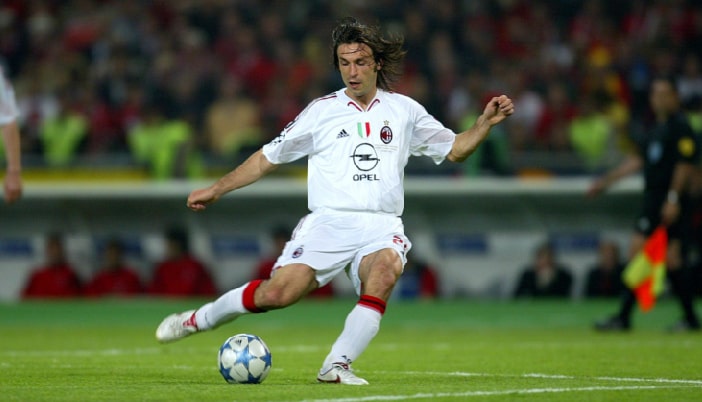
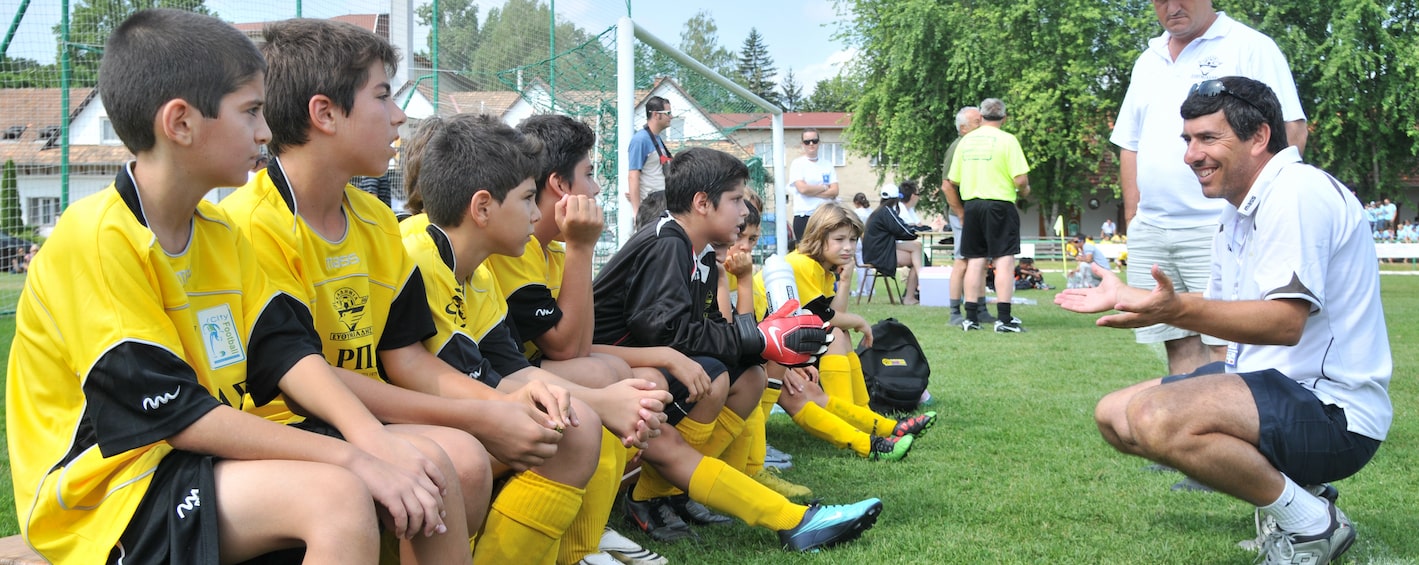
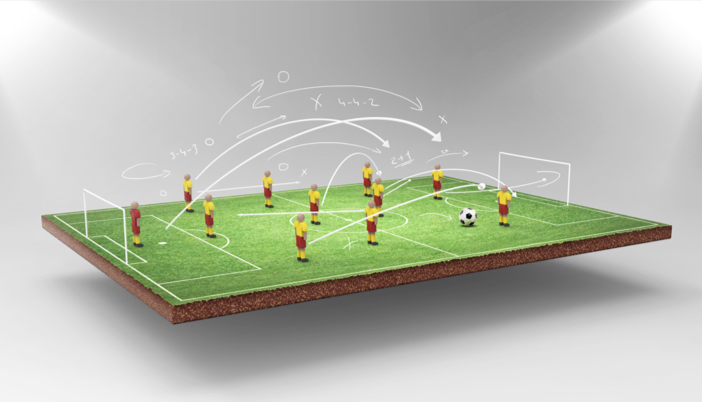
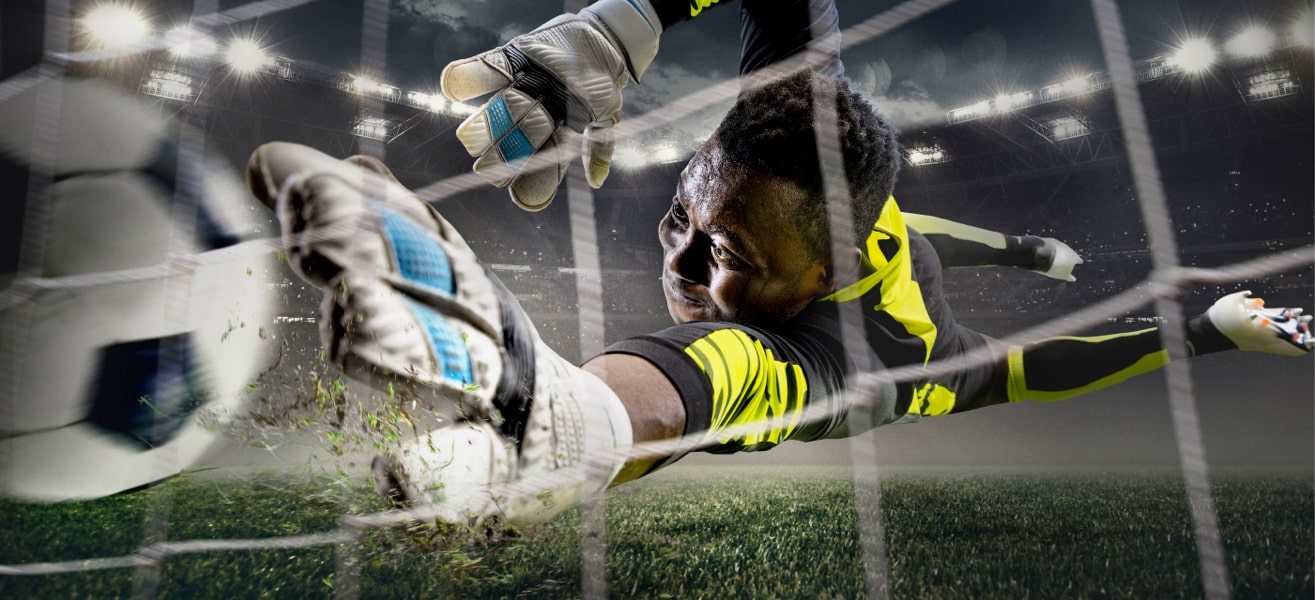
Cupello
Rethinking soccer coaching via our industry leading tools. Built to offer effective coaching development solutions for players and coaches of all levels.